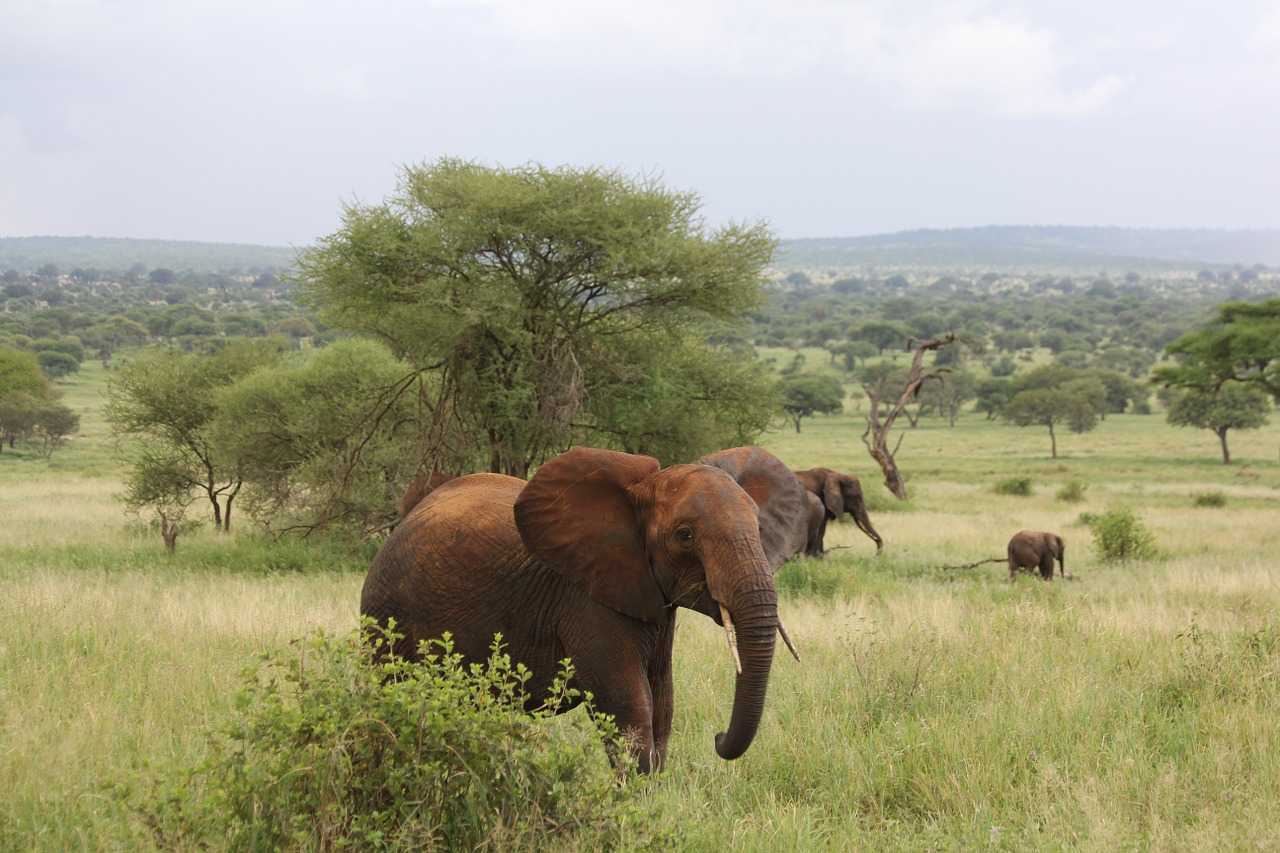Home / FAQ
We have gathered some of the most questions that we receive from our clients during day to day operations
Check with your doctor and the Center for Disease control for current recommendations. None are required for entry to Tanzania from the USA or for re-entry to the USA. If you are arriving from a yellow fever epidemic area such as Kenya, proof of vaccination is required.
We always have a first aid kit close at hand. More serious injuries are rare. Porters will assist injured climbers to the base of the mountain and onward to a clinic or hospital. Kilimanjaro International Airport is very near Marangu Gate if evacuation to The US or Europe is advisable.
Tanzanian shilling is the official currency of the United Republic of Tanzania but the US dollar is ubiquitously used too. Other currencies such as euro, Pound Sterling, Swiss franc are not used in the payment but they always can be exchanged for shillings at a reduced rate at any exchange office.
Most of the hotels, restaurants and souvenir shops have prices in US dollars but you can pay by local shillings. In supermarkets with cash register you can pay by shillings or by credit card, the commission will be ~5%.
Note: The bank notes of older than 2003 issue year are depreciated in Tanzania banks
When packing for a safari, the most important thing is moderation. While there is no need to go minimalist, you also don’t want to carry an abundance of unnecessary luggage across Africa with you. Remember, travelers on safari will move with their luggage in the safari vehicle throughout the tour. For the days spent in the same hotel or lodge, of course, you will leave your bags back in your room. Hence, if you bring too much luggage it could be an inconvenience or even a hindrance to wildlife viewing.
We have created a packing list, based on years of leading excellent safaris, to help you pack just the right items (but not too much!) for your incredible African safari in Tanzania:
Tanzania is situated very close to the equator, therefore, the weather here is rather stable with a comfortable and well-balanced climate. Temperatures never reach extremely hot or very cold. The average annual temperature varies from +25°C in the south of the country and up to +27°C in the north.
It should be mentioned that on Kilimanjaro and places such as Ngorongoro Crater, the temperature does sometimes fall below zero, especially at night time. It is necessary to take warm clothes on a safari to Ngorongoro Crater or when trekking. Many people try to avoid rainy seasons in Tanzania, which fall between March and May (the long rains) and the end of October and the first half of December (the short rains). Interestingly, the weather in Tanzania in December is hot and wet at the same time, making for a very warm, tropical safari experience. The rainy season is marked by heavy precipitation, however there are typically sunny periods during each day. The table below gives an approximate annual estimation:
How can we be of help?, Please email us on the questions that you will need quick responce and our team will be ready to reply at any time.

Copyright 2023 Arunga Expeditions Safaris© All Rights Reserved